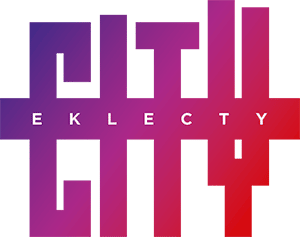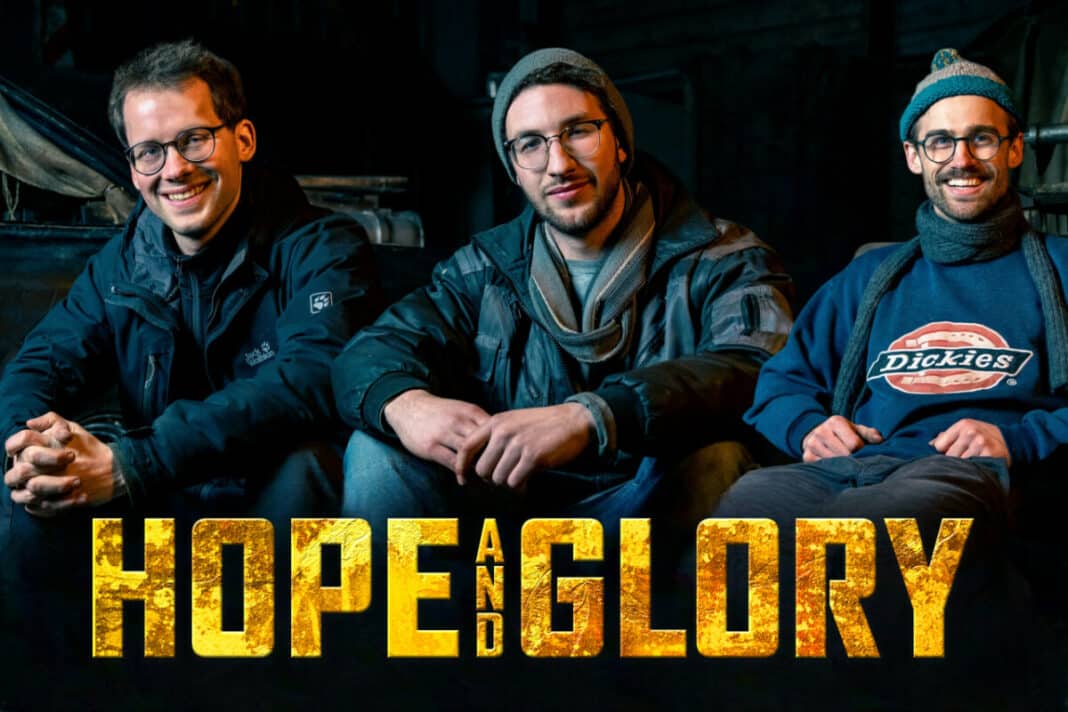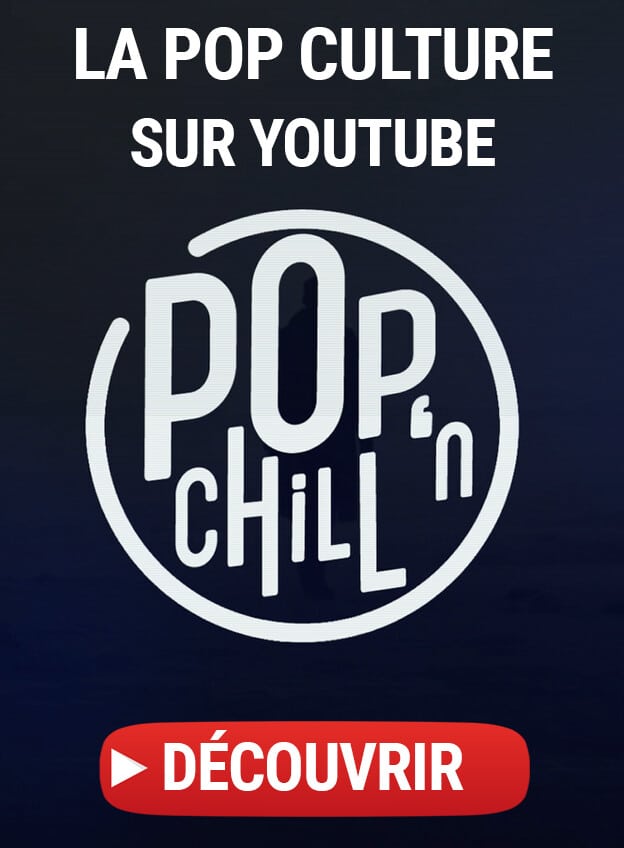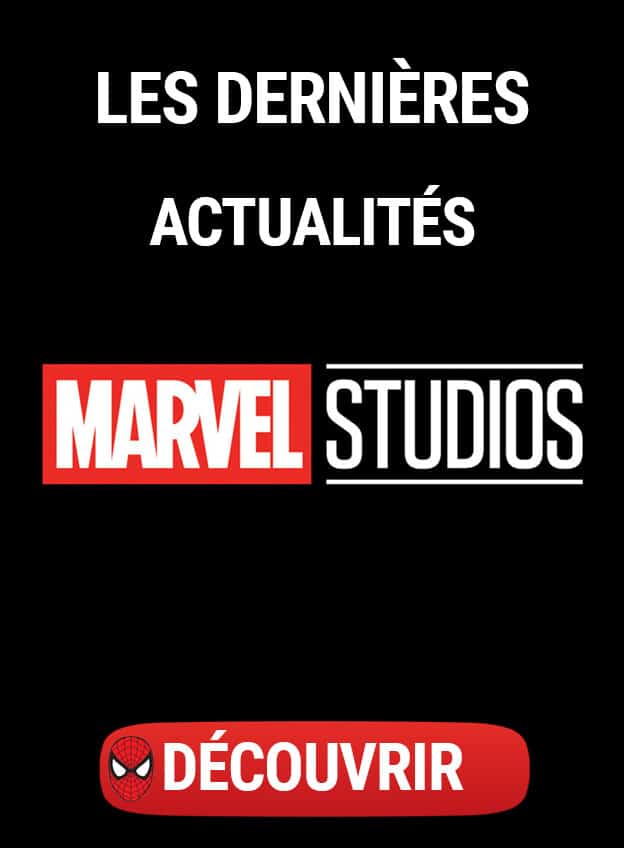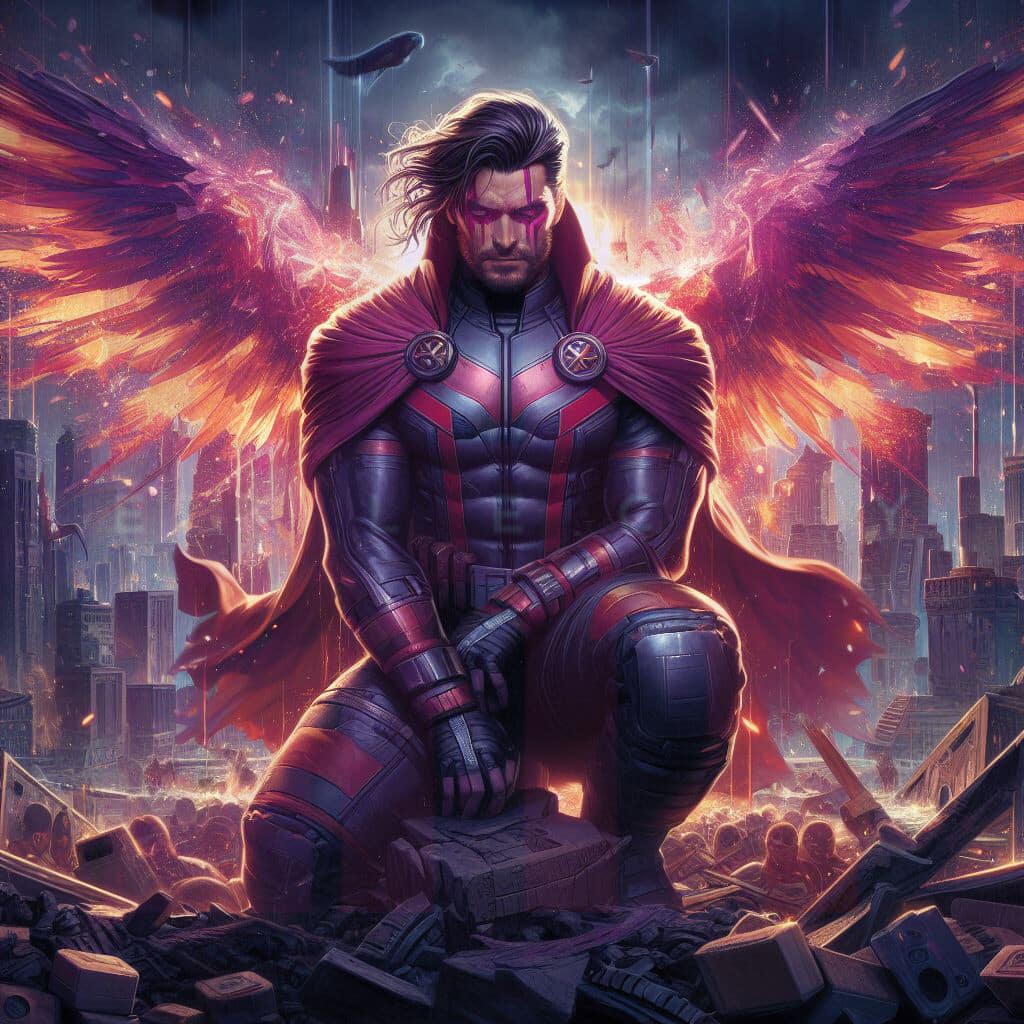Exclusive interview with Adrian Martin, Erik van Schoor and Johannes Pfau, the team behind Hope and Glory: A Mad Max Fan Film.
Today we’re delighted to present an exclusive conversation with directors Adrian Martin, Erik van Schoor and cinematographer Johannes Pfau, the creative minds behind the Mad Max-based short film. This dynamic trio managed to capture the essence of Mad Max‘s post-apocalyptic universe, while bringing their own unique vision to the table. From costume design to stunt direction, including the recreation of the iconic Interceptor, they took on many challenges to bring this ambitious project to life. In this interview, we go behind the scenes to explore their creative process.
Get ready for an exciting journey into the world of Mad Max, as seen through the eyes of three talented artists.
Interview also available in French.
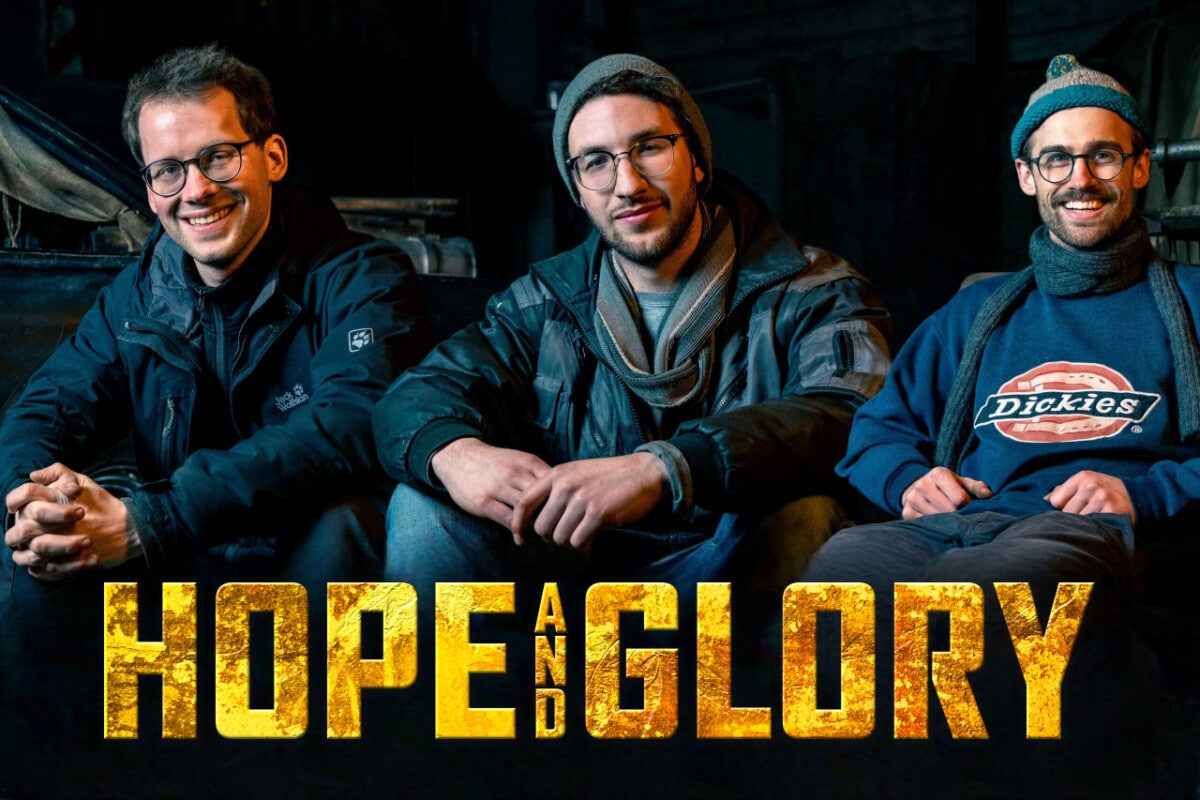
Hello Adrian, Erik, Johannes, first of all thank you for accepting this interview for Eklecty-City. First of all, could you introduce yourself?
Adrian : I am Adrian Martin, co-director and producer of the film and also part of the collective ParaLightWorx. One of my biggest hits has been the mini-series „Dusty Faces“ which has reached audiences all over the world. In addition to co-directing this movie, I am also the builder of Max’ Interceptor.
Erik : My name is Erik van Schoor, director, writer, producer and storyboarder of Hope and Glory. I am a freelance storyboard artist, comic book creator and love to tell stories with pictures. Movies are my first love and to combine moving images with sound and music gives me immense joy.
Johannes : Hi there! I’m Johannes, Director of Photography and also together with Erik and Adrian Producer of Hope and Glory. I’m from Berlin and work as DoP since 2018. Besides working as freelance DoP I work as assistant camera on cinema movies, Netflix, Amazon and Apple Series and international Productions in Germany. I was lucky to join this project, as it was a huge playground for everyone of us to realize things we’ve always dreamed of before.
What was your main inspiration for creating this short film based on Mad Max, and how did the original idea come about?
Adrian : Playing the video game from 2015 and watching the Mad Max movies transported me into this world. I always imagined spending more time with Max in and around his Interceptor. So one day I came up with the initial story beats.
Erik : Seeing the self built Interceptor by co-director Adrian was the point, where I thought that we have to do a movie with this a core prop. Turns out that Adrian had a similar plan and the wish to enter the Wasteland. Together we could come further than each of us on our own and we joined forces.
How did you approach the process of writing the screenplay for this film, and what elements of the Mad Max story did you incorporate?
Adrian and Erik : Adrian was inspired by the 2015 video game, while I (Erik) am coming from the movies and the Graphic Novel Mad Max: Fury Road, which got released in 2015, as well. We didn’t want to do a cheap copy of Fury Road. We wanted to make a Mad Max movie and tell a story where we are close to Max from beginning to end.
How did you choose the cast for this film, and what attracted you to these actors?
Adrian : I met Daniel Grave years before on another set and when I asked him to put on a leather jacket, I knew right then and there that he will be my Max, should I ever make a Mad Max movie.
Erik : It was the same with Inken Paland. She plays Hope and you met her also years before the project even started. I cast Charlotte Eckle, Alec Rosenthal and Cyrus Rahbar. They all bring a different attitude, age and flavor to the cast.
Can you tell us about the process of creating the costumes and props for the film? How did you manage to recreate the unique atmosphere of Mad Max?
Adrian and Erik : The props and costumes where produced long in advance. We wanted to do every main character and background extra justice. But the style of the Wasteland was a challenge. Since we could not fall back to a collection of historic clothing, Willi Hessel produced over 50 individual costumes. Max’s distinct shoulder plate was the hardest item to find.
How did you manage to recreate the Interceptor, one of the most iconic cars in cinema history?
Adrian : 2 years went into rebuilding one of the most iconic cars in cinema history. Nothing could stop me and my brother Fabian on our mission to recreate the last V8. Twice. One Interceptor for stunts and a second one as the hero car. an old Jaguar XJ (11) and a Gran Torino into the Interceptor required sawing off parts, adding spoilers, carefully applying rust and finding the correct tires. The compressor on the hood was modelled by hand.
What were the greatest challenges in making this film, particularly in terms of shooting in difficult conditions such as the Spanish desert?
Johannes : For me as DoP of the film there were several difficulties regarding technical equipment and crew, we had to organize for every single shooting block. But also some camera movements were pretty hard to realize: There were moments I found myself hanging with my camera on a rope in a nine meter deep well shaft or sitting on the back of a way too little quad bike driving through a stone pit in the night while operating the camera.
But also organizing the shooting schedule so that the huge spotlights are at the right position at the right moment or that the sun is at the perfect position when shooting. The Spanish desert was a special working environment with its strong winds, sand storms and the cold. But every challenge made this project more crazy and more interesting!
Can you tell us about the most difficult action scene to shoot, and how did you manage the special effects and stunts in the film?
Erik : The cold was the toughest opponent, since the actors had to warm up every time before filming. Tight spaces like the caves made it challenging to coordinate the camera, light and last but not least our actors. A months-long period of planning and pre-production helped us single out most of the difficult aspects. But managing the cold weather was a challenge, especially for Daniel, who had to run around barefeet in his leather boots for the most time. Stunts were rehearsed on the day in full costume, so we would not exhaust the actors before filming started. The car chase took the longest time, since the light setups were quite elaborate and safety was a big thing when we drove around the quarry for seven nights.
How did you use storyboards and post-production to bring your vision of the film to life?
Erik : In the tradition of MAD MAX: FURY ROAD, the whole movie was storyboarded from the first frame until the last. More than 500 storyboards made sure that every beat had the right visual impact. I could communicate my vision of the movie in a clear way. It helped with the planning of sets, mapping out the filming schedule and preparation for stunts. It also reminded our editor Wolfgang Wolman of the initial intent of the scenes or were used as a place-holder for VFX shots. I used the drawings as the basis to talk to VFX artists, since the framing is very specific to create a certain mood or psychological effect. VFX shots could be singled out early on and we were able to look out for artists with the required skill set to realize certain sequences.
Johannes : Erik’s storyboards were amazing to work with on set as this helped to communicate our vision to everyone involved. For me it was interesting to start working on an already existing storyboard, even though we didn’t strictly shoot every drawn picture when this seemed to not work on set. And we changed the breakdown of some scenes after location scouting or made adjustments in the story.
How did the music and sound work contribute to creating the mood of the film?
Adrian and Erik : Especially on a sound level this fan project sets itself apart from all fan films out there. Scored by composer Dimitris Dodoras, our goal was to build upon the musical world we are familiar with. He brought a sense of longing and darkness to it that sets it apart from the other Mad Max scores, but is still at home there.
To deliver the emotionally most resonant soundtrack possible, we hired the Budapest Scoring Orchestra to record the music for our film. Dimitris made sure to tranpsort the audience into the Wasteland through creating warm themes, heroic motifs and riveting action cues. With its Dolby Atmos Mix and overall time and care put into the audio side of our tribute, we swung for the fences.
Later our sound editors, sound designer Saro Sahihi and the re-recording mixer Volker Armbruster, made sure that the movie looks, sounds and feels like the original. The sound makes at least 50% of the viewing experience in our opinion. Sadly, our movie is only available in a stereo downmix on YouTube.
What role did visual effects play in the making of your film, and how did you manage to integrate elements such as Sunken City and the final chase?
Erik : Careful planning and storyboards played a big part in this. The Sunken City was always part of the script and intended to be filmed with miniatures. Then we decided to do it digitally, while maintaining this miniature feel to it. If we could film something for real, wie filmed it and added VFX. There are exceptions, where we have Full CGI shots, but embedded in shots showing the real thing, we were able to trick the eye.
Johannes : For me it was important to try to make as many visual effects as invisible as possible. Therefore I joined the process very early for feedback on the more than 110 visual effects shots. An inspiration for me is Greig Fraser (Dune, The Batman), who manages to create huge worlds in a way you believe it to be real. And you won’t believe how many of our shots were actually filmed in a forest, in a stone pit or created fully digital. Watch our VFX Breakdown to get a glimpse of this! However, it was part of our vision to create as much as possible in camera and use CGI only to expand the world we’re set in. Real special effects, stunts and explosions create a different feeling for the audience.
What do you think sets your film apart from other Mad Max tributes?
Erik : Making this movie was our life for the last 3,5 years. Every single department went for it. Be it the costume designer Willi Hessel, the special Make Up artist Jana Erger, the set design, our actors Daniel Grave, Inken Paland and Charlotte Eckle, the whole crew and our supporters off set. The dedication did not end with the completion of physical production. During post-production our wonderful editor Wolfgang Wolman brought a rhythm and heartbeat to the film that other fan films are missing, since we are telling more than just a fight scene in a familiar setting. Close to one hundred VFX artists showed their talent and skills, which gives the film the much needed scale and adds weight to our scenes.
Johannes : In comparison to the original Mad Max films, ‘Hope and Glory‘ is visually inspired by ‘Fury Road‘ but also contains some influences from ‘Mad Max 1‘ and ‘Road Warrior‘. But as we are exploring never before seen places in the Wasteland this gave me the opportunity to create my own visual language. ‘Fury Road‘ and ‘Furiosa‘ use pretty sharp lenses whereas I used vintage lenses. In my opinion a better choice as they give more roughness and authenticity to the Wasteland.
What was your favorite scene to shoot and why?
Erik : I had the most fun with the Buzzard Fight, which we called ‘The Wasteland Chainsaw Massacre’. Yes, it was cold. Yes, we had a tight schedule. But the energy level was always high and we were able to create a memorable sequence, in my opinion. That’s when I thought: now we are making a movie. But filming in the hangar for one week will be as unforgettable as the shooting block in Spain.
Johannes : There were so many! To be honest I enjoyed every single shot of this as every scene had its own challenges.
What did you learn from the experience of making a film based on Mad Max?
Erik : Close to one hundred people worked on the VFX and showed their talent and skills. You can do anything, if you surround yourself with like minded people. Just be ready to take on some challenges, which never come from where you anticipate them. Make sure that you remember the reason why you wanted to do this in the first place. This emotion brings back the energy which is necessary to get through difficulties. The world of Mad Max itself is such a huge sand box that I only realized what great potential for stories lies in there. I would love to spend more time there, go to other places in the Wasteland and get to know new characters inhabiting this dystopian, post apocalyptic world.
Johannes : There is a huge difference making things practically – like in all the Mad Max films! Whether it might be a stunt, explosions, the challenging filming environment or the music, played with a real orchestra.
What are your future projects after this short film?
Adrian : Maybe a Starship Troopers Fan Film, a World War II drama or a Gangster movie. There is so much I would love to do.
Erik : Like Adrian I am always writing other stories. It will be interesting to see what world each of us enters with our next project. The focus right now is on developing my first feature film. I would love to dive into the Horror and Thriller genre. That is all I can say for now.
Johannes : Currently I’m in preproduction of a 15 min one shot film.
We’ve come to the end of our interview, so thanks again to Adrian, Erik and Johannes for taking the time for this interview, and see you soon.
Johannes : Thank you, it was a pleasure!
Adrian and Erik : Thank you for your interest in our movie.
Interview by Thomas O. for Eklecty-City.fr, with thanks to Adrian Martin, Erik van Schoor and Johannes Pfau.
